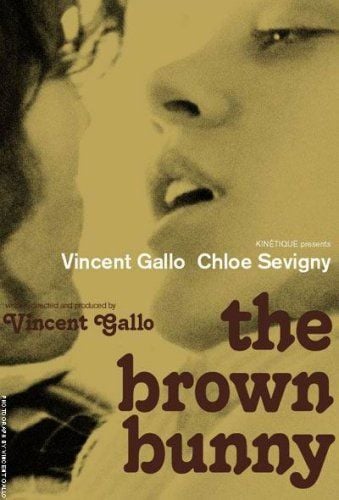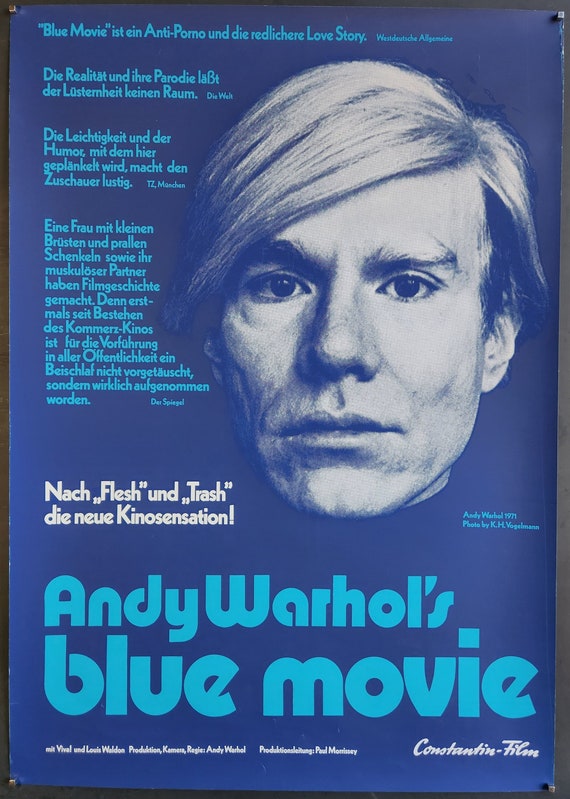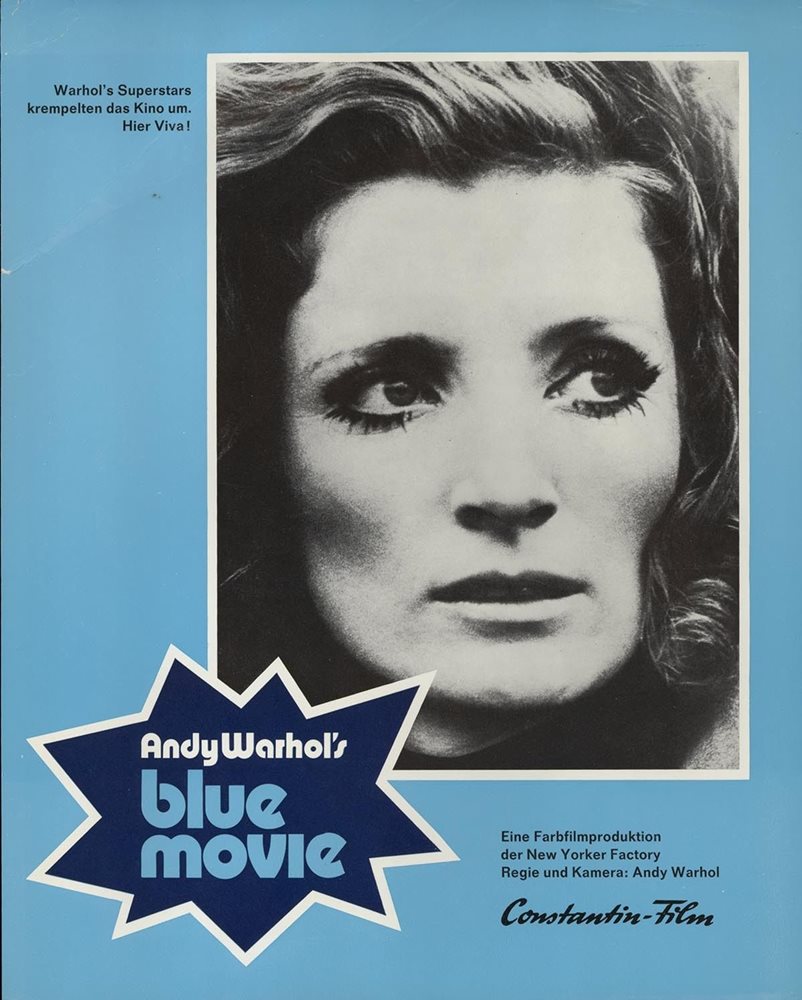Sex scenes in movies are often an integral part of cinema that can bring a realistic feel to the story, its characters and emotions.
Actors are known for giving their all to bring a character to life, sometimes so much so that they defer to “The Method.”
Method acting is a technique in which actors fully immerse themselves in their characters, embodying their emotions, behaviors, characteristics and traits to create a more believable performance. Sometimes, though certainly not often, method acting extends to sex scenes.
Filming a sex scene can be extremely daunting for an actor as they have all eyes on them as they try to simulate an intimate act while making sure it comes across as authentic.
However, over the years some actors have gone the extra mile, actually getting down and dirty, so to speak, on camera—fully immersing themselves in the scene and captivating audiences in the process.
Below, discover five controversial movie scenes where the actors really had sex.
Dogtooth
Dogtooth (Greek: Kynodontas, 2009) is a psychological drama film directed by Yorgos Lanthimos. It’s a dark, surreal, and unsettling exploration of control, manipulation, and the distortion of reality within an isolated family.

According to the BBFC (British Board of Film Classification), some “real,” unsimulated sex takes place in the film.
Plot Summary:
The film follows a highly dysfunctional Greek family where the parents have raised their three adult children (two daughters and a son) in complete isolation from the outside world. The parents enforce strict rules, invent their own language, and distort reality to keep their children obedient and ignorant of society. They teach them false meanings for words (e.g., “sea” means a leather armchair) and convince them that the only safe way to leave is when their “dogtooth” (a canine tooth) falls out.
The father occasionally brings in a female employee from his workplace to satisfy his son’s sexual needs, but her presence introduces forbidden outside influences, leading to rebellion and disturbing consequences.

Themes & Style:
- Control & Manipulation: The film critiques authoritarian parenting and societal indoctrination.
- Isolation & Reality Distortion: The children’s warped perception of the world reflects how knowledge can be weaponized.
- Absurdist Horror: Lanthimos blends deadpan humor with disturbing imagery, creating an eerie, dreamlike atmosphere.
- Minimalist & Clinical Aesthetic: The film’s sterile visuals contrast with its violent and bizarre undertones.
Reception:
Dogtooth won the Un Certain Regard prize at the 2009 Cannes Film Festival and was nominated for an Academy Award for Best Foreign Language Film. It’s a challenging, thought-provoking work that established Lanthimos as a leading voice in modern surrealist cinema.
The Brown Bunny
The Brown Bunny (2003) is a controversial American drama film written, directed by, and starring Vincent Gallo. Known for its polarizing reception—especially after being harshly criticized at the Cannes Film Festival before being re-edited—the film is a slow-burning, minimalist exploration of grief, loneliness, and obsession.

Vincent Gallo’s 2003 erotic drama film starring himself and Chloe Sevigny was controversial upon release for its unsimulated love scene in which Sevigny performs real oral sex on Gallo—something many believe was completely unnecessary, overshadowing the film itself.
In 2011, however, the actress discussed the intimate scene with Playboy, admitting she had no regrets about filming the controversial and up-close scene.
“What’s happened with that is all very complicated. There are a lot of emotions. I’ll probably have to go to therapy at some point. But I love Vincent. The film is tragic and beautiful, and I’m proud of it and my performance. I’m sad that people think one way of the movie, but what can you do?” she told the outlet.
Plot Summary:
The film follows Bud Clay (Vincent Gallo), a professional motorcycle racer, as he drives cross-country from New Hampshire to California, haunted by memories of a lost love, Daisy (Chloë Sevigny). The journey is filled with long, meditative road scenes, fleeting encounters with strangers, and an underlying sense of emotional numbness. The film culminates in a deeply unsettling and explicit scene that reveals the true nature of Bud’s trauma.

Themes & Style:
- Isolation & Longing: The film captures the emptiness of Bud’s existence through sparse dialogue and lingering shots of highways, motels, and empty spaces.
- Unreliable Memory & Guilt: The nonlinear structure suggests a fractured psyche, with flashbacks hinting at a tragic past.
- Controversial Content: The film’s graphic sexual scene (with unsimulated acts) sparked debates over its artistic merit vs. exploitation.
- Minimalist Aesthetic: Long takes, natural lighting, and an almost documentary-like approach create a raw, uncomfortable intimacy.
Reception & Legacy:
Initially booed at Cannes (where Roger Ebert famously called it “the worst film in the history of the festival”), Gallo re-edited it, shortening it by 26 minutes. The revised version received slightly better reviews, with some praising its haunting atmosphere and emotional rawness. Over time, it has gained a cult following as an uncompromising, if flawed, piece of avant-garde cinema.
Little Ashes
Little Ashes (2008) is a British-Spanish biographical drama film directed by Paul Morrison. It explores the tumultuous relationships and artistic evolution of surrealist painter Salvador Dalí (played by Robert Pattinson), poet Federico García Lorca (Javier Beltrán), and filmmaker Luis Buñuel (Matthew McNulty) during their formative years in 1920s Spain.
![Little Ashes [DVD]: Amazon.co.uk: Robert Pattinson, Javier Beltran, Matthew McNulty, Arly Jover, Marina Gatell, Esther Nubiola, Simon Andreu, Vicky Pena, Christian Rodrigo, Sue Flack, Ferran Lahoz, Paul Morrison, Robert Pattinson, Javier Beltran,](https://m.media-amazon.com/images/I/717JzrqGUPL._AC_UF1000,1000_QL80_.jpg)
Robert Pattinson portrays legendary artist Salvador Dali in this critically panned 2008 film. Yet, it’s not the eccentric character he plays that’s so head-turning, but rather one of the film’s unsimulated intimate scenes.
“I once decided to quit acting; it was when I did Little Ashes. I played Salvador Dali and had to do a lot of scenes where I was naked, and I also had to masturb—. I mean really. My orgasm face is recorded for eternity,” Pattinson told Germany’s Interview magazine.
When asked why he didn’t just fake it for the camera, the actor added, “[It] just doesn’t work, so I pleasured myself in front of the camera.”
Plot Summary:
Set in Madrid during the 1920s and early 1930s, the film follows a young Dalí as he arrives at university and becomes entangled in an intense, ambiguous relationship with Lorca, while Buñuel acts as both a provocateur and rival. The story traces their artistic rebellion against conservative Spanish society, their flirtations with surrealism, and the emotional and political tensions that eventually pull them apart—especially as the Spanish Civil War looms.

Themes & Style:
- Artistic Freedom vs. Repression: The film contrasts their avant-garde creativity with the rigid morals of Francoist Spain.
- Forbidden Love & Ambiguity: Lorca and Dalí’s relationship is portrayed as deeply intimate, though historically debated.
- Political Turmoil: The rise of fascism and the impending civil war cast a shadow over their lives.
- Dreamlike Aesthetic: The cinematography mirrors surrealist influences, blending reality and fantasy.
Reception:
The film received mixed reviews, with praise for its atmospheric visuals and Beltrán’s performance as Lorca, but criticism for historical liberties and pacing. Robert Pattinson’s casting as Dalí sparked interest (and some skepticism) due to his post-Twilight fame. While not a critical darling, Little Ashes remains notable for its depiction of a pivotal moment in art history.
Caligula
Caligula (1979) is a notorious historical epic and exploitation film that blends lavish production with extreme graphic content. Directed by Tinto Brass (with uncredited contributions from others, including Gore Vidal and Bob Guccione, publisher of Penthouse), the film is a surreal, hyper-sexualized depiction of the depraved reign of Rome’s infamous Emperor Caligula.
![Caligula [DVD] [1979] [Region 1] [US Import] [NTSC]: Amazon.co.uk: IMAGE ENTERTAINMENT: DVD & Blu-ray](https://m.media-amazon.com/images/I/914npKzYnsL._AC_UF1000,1000_QL80_.jpg)
Caligula was produced by Bob Guccione, the founder of Penthouse magazine, and he wanted the film to be filled with sex, resulting in a movie that has been called an erotic retelling of history.
“We’ve done with cinematic images what so many authors and historians have done with words,” Guccione told Penthouse about the film’s controversial unsimulated sex and or-y scenes.
Plot Summary:
The film follows Gaius Julius Caesar Augustus Germanicus (Malcolm McDowell), nicknamed Caligula, as he rises to power after the death of his adoptive grandfather, Emperor Tiberius (Peter O’Toole). Initially portrayed as a promising young leader, Caligula quickly descends into madness, indulging in grotesque acts of violence, incest, and sexual perversion while ruling Rome with tyrannical cruelty. The narrative loosely follows historical events—such as his declaration of war on Neptune and his self-deification—but amplifies them with excessive, often pornographic, spectacle.

Themes & Style:
- Power & Corruption: The film explores absolute power’s destructive effect on sanity and morality.
- Decadence & Degradation: Rome’s opulence is juxtaposed with visceral depravity, critiquing empire and excess.
- Surreal Horror: Mixing historical drama with grotesque fantasy, it feels like a fever dream of antiquity.
- Exploitation vs. Art: The inclusion of hardcore sex scenes (added by Guccione without Brass’ approval) blurs the line between arthouse cinema and pornography.
Reception & Legacy:
- Critical Disaster: Panned for its gratuitous violence and sex, though some praised its audacity and McDowell’s performance.
- Cult Status: Became a midnight-movie phenomenon for its sheer excess and infamous production (featuring respected actors like Helen Mirren and John Gielgud alongside porn performers).
- Director’s Disavowal: Tinto Brass disowned the final cut, while Gore Vidal sued to remove his name.
Note: Multiple edited versions exist—some emphasize the political drama, others the eroticism. The uncensored cut remains one of the most extreme big-budget films ever made.
Blue Movie
“Blue Movie” (1969), also known as “F**k”, is a groundbreaking and controversial experimental film directed by Andy Warhol. It is often cited as one of the first mainstream films to feature unsimulated sex, blurring the lines between avant-garde art, underground cinema, and pornography.
Released during the so-called Golden Age of P-rn, Blue Movie was the first adult film featuring explicit sex to receive a wide theatrical release in the U.S., and was even briefly the subject of a controversial court ruling in the late ’60s after the film was confiscated from a theater.

Plot Summary (or Lack Thereof):
The film has no traditional narrative—instead, it depicts Viva (a Warhol Superstar) and Louis Waldon engaging in casual, real sex in a loosely structured, almost documentary-like setting. The dialogue is improvised, ranging from mundane chit-chat about Vietnam War politics to playful, intimate exchanges. Warhol’s signature static camerawork and unedited aesthetic make the film feel like a voyeuristic glimpse into a private moment.

Themes & Style:
- Sex as Art vs. Exploitation: Warhol presents sex matter-of-factly, neither glorifying nor condemning it.
- Boredom & Realism: The film’s long takes and lack of dramatic tension mirror Warhol’s fascination with the banality of everyday life.
- Breaking Taboos: By showing real sex in a non-pornographic context, Warhol challenged censorship laws and cultural norms.
- Meta-Commentary: The actors occasionally address the camera, acknowledging the artifice of filmmaking.
Reception & Legacy:
- Banned & Censored: Initially seized by police for obscenity, though charges were later dropped.
- Cultural Impact: Paved the way for later erotic art films (Last Tango in Paris, Antichrist) and the “porno chic” movement of the 1970s.
- Warhol’s Detachment: Unlike later erotic films, Blue Movie lacks sensationalism—its rawness feels more like an anthropological experiment than titillation.
Note: The film was shot on 16mm and retains Warhol’s trademark lo-fi aesthetic. It’s more a cultural artifact than a traditional movie.

